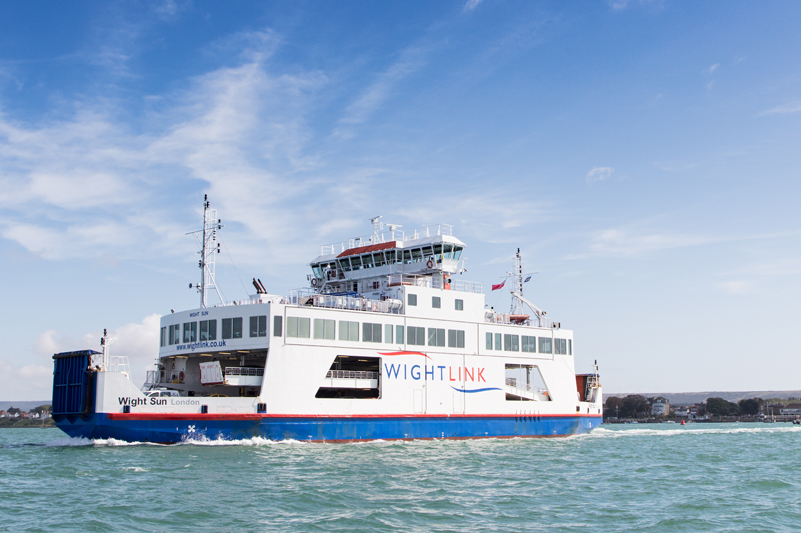Every year, our fleet of ferries come out of service one-by-one for their annual refit. Much like getting a service and MOT for your car, these refits involve maintenance that are designed to keep our fleet in their best condition for the year ahead.
When do refits take place?
Starting in September, our refit period tends to last six months with the aim of having our eight-strong fleet all in peak condition for the busy Easter holiday period.
What happens at refit?
Each ferry will have a different focus for each year. Some will have work done on their engines, others will have a lick of paint, with a great deal of work going in across the year to plan these essential periods of refurbishment. In the video above, you can see first hand some of the works taking place on Victoria of Wight back in 2023.
It’s common for our ferries to have some work done at our ports – you’ll regularly see a ferry moored up alongside our Portsmouth Gunwharf port, for example – while more complex tasks often require shipyard visits, or even dry docking. If you like to follow our ferries on Marine Traffic, over this period you’ll often find one or two of them in Falmouth, Hythe Shipyard or Trafalgar Shipyard in Portchester.
A Captain and crew accompanies each ship and will carry out much of the work as they have expert knowledge of their vessel.
Are refits necessary?
This period of maintenance is essential to the upkeep of our fleet. Without it, we wouldn’t be able to run a reliable and safe ferry service.
We don’t just use this off-season period to spruce up our ferries, though – our ports are also kept in good order as they need to work efficiently in all weathers, all year-round.










